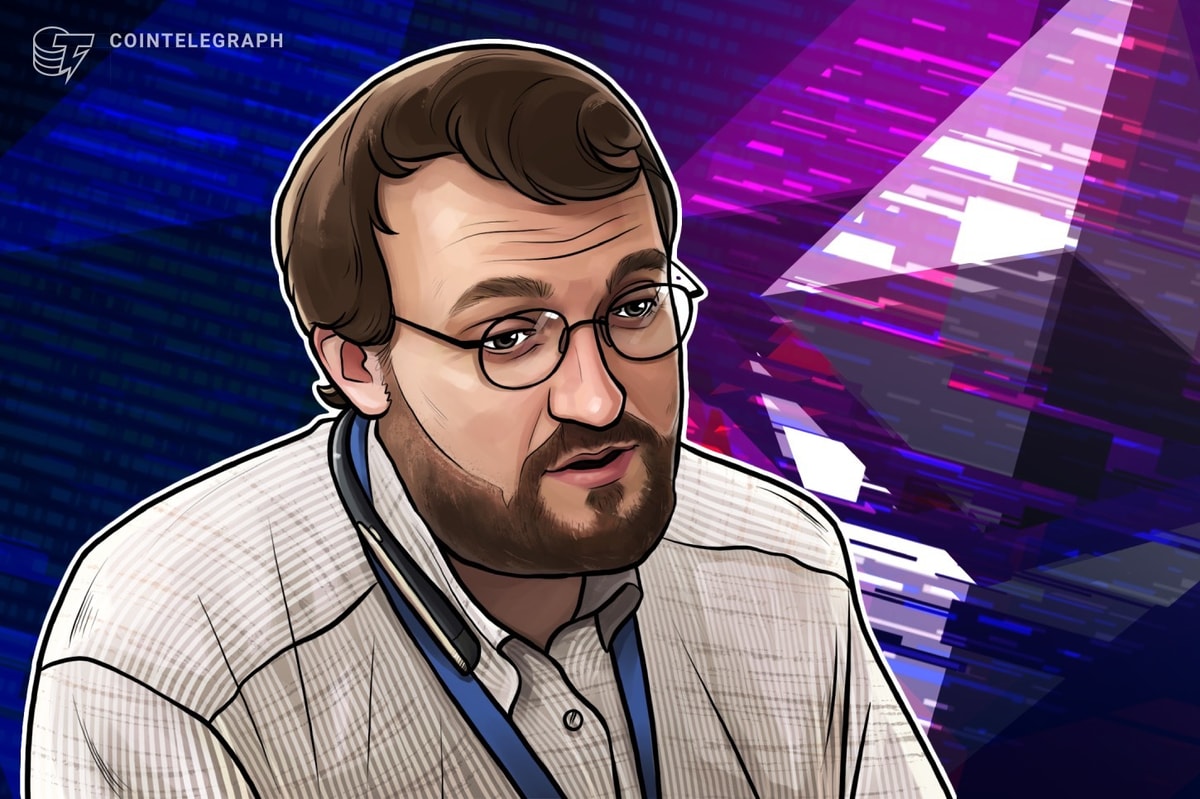Cardano’s Voltaire-era governance overhaul prevents it from becoming a “dictatorship” like Ethereum and avoids Bitcoin’s “anarchy,” says founder Charles Hoskinson.
In an interview with Cointelegraph from Singapore, Hoskinson attacked Ethereum’s current governance model, claiming it is overly reliant on Ethereum co-founder Vitalik Buterin.
Hoskinson says blockchains can either keep their protocols simple forever, like Bitcoin, or “choose a king” to run things. But Cardano’s new governance model addresses the “governance triad” of “efficiency, effectiveness, and integrity” by distilling complex governance topics for voting using delegated representatives and a membership-based organization called Intersect.
“If you have those three things, you have a fair chance of avoiding the anarchy of Bitcoin or the tyranny of Ethereum, and you have something that can actually move forward with one voice, but is still decentralized because it ultimately represents everyone.”
Asked to clarify his controversial remarks likening Ethereum to a dictatorship, Hoskinson said the “entire vision” for Ethereum begins and ends with the 30-year-old Buterin.
Charles Hoskinson at Token2049 in Singapore. Source: Cointelegraph
“Everyone looks to him for a roadmap. Everyone looks to him for inspiration, and he’s also the only one who has enough power to rally people together,” he said. “If we take him out of the equation right now, what will the next hard fork look like? And how quickly will we actually get there?” he asked.
Hoskinson said Buterin was instrumental in changing Ethereum’s roadmap away from sharding-based optimizations on the base chain and toward rollups and layer-2 networks for scalability.
In recent months, the Ethereum roadmap has come under heavy criticism for empowering “extractable L2” as fee revenue and activity in L1 declines.
“Where did the idea of embracing Layer 2 come from? Or rollups? Was it a random Ethereum engineer? Or was it Vitalik Buterin writing a blog post about it, talking about it, and advocating for it?”
Hoskinson believes Ethereum is heavily influenced by Buterin’s vision, but Buterin does not wield sole power over the decentralized network.
The blockchain uses a mix of off-chain and on-chain governance, with input from the Ethereum Foundation and community and stakeholders on Ethereum Improvement Protocols, with key decisions made at the Core Developers Meeting. Controversial decisions can lead to hard forks, such as the rollback of The DAO hack that led to Ethereum Classic.
Hoskinson was one of Ethereum’s eight co-founders and its CEO, but his for-profit vision for the protocol clashed with Buterin’s, and the younger founder fired him from the project at a conference in Switzerland in 2014.
Hoskinson admits he has played a broadly similar role in shaping Cardano since 2015, but he says the network’s new governance model is designed to ensure that “it doesn’t matter whether Charles is alive or dead”. Innovation will happen every day.
relevant: Vitalik Buterin Joins Token2049, Highlights Low L2 Fees as a Milestone for ETH
Cardano’s Chang hard fork in early September turned ADA into a governance token, allowing holders to elect representatives and vote on development proposals and community project funding. The founding organizations that have guided the project so far, Cardano Foundation, Input Output Global (IOHK), and Emurgo, are no longer able to trigger forks and upgrades.
Hoskinson says the interaction between Intersect, a membership-based organization of researchers and engineers, and its representative representatives is a much more “collaborative model” that functions with or without an active founder.
“They can talk to each other, vote, create a blockchain-based government that uses it to ratify roadmaps on a regular basis,” Hoskinson said.
Cardano is still working on finalizing its constitution, which is likely to impose strict restrictions on key issues such as supply and how governance works.
magazine: Proposed Change Could Break Ethereum Out of L2 ‘Roadmap to Hell’

